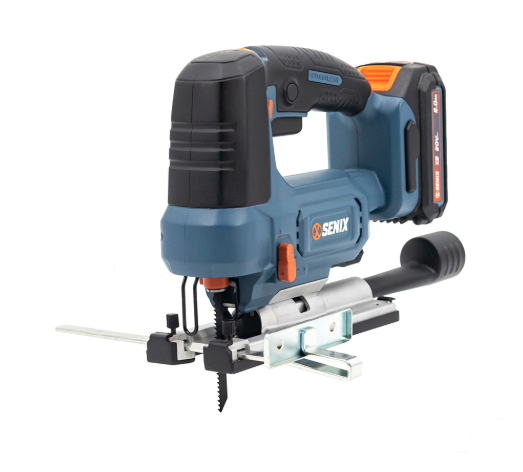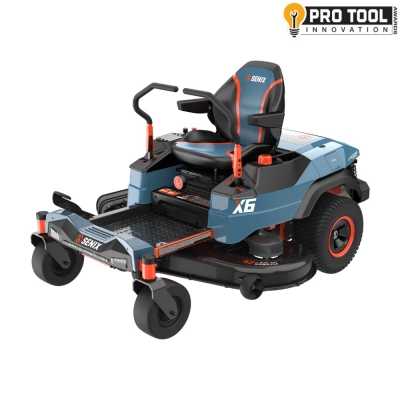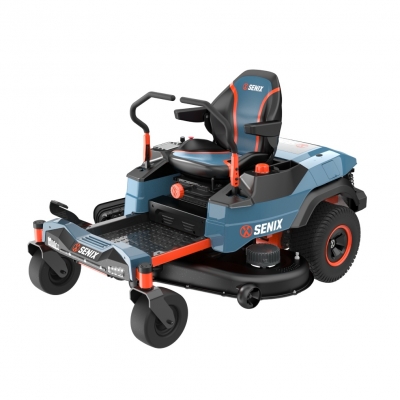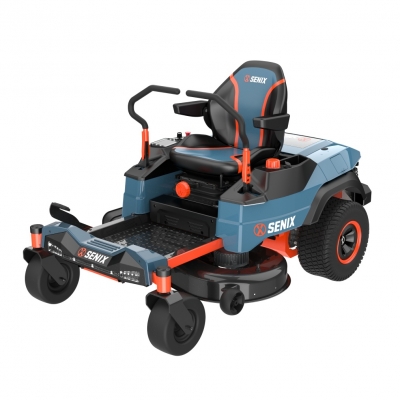Jigsaw Basics Made Easy: Safe Operation & Beginner’s Guide
A jigsaw is a versatile power tool designed for cutting curves, straight lines, and intricate patterns in various materials such as wood, metal, and plastic. For beginners, understanding what a jigsaw is and how to use it safely is essential to avoid accidents and achieve precise results. The SENIX 20V Brushless Jig Saw offers both safety and performance, making it ideal for DIY enthusiasts and woodworking projects.
What is a Jigsaw?
Definition of a Jigsaw Tool
A jigsaw is an electric or battery-powered saw that uses a reciprocating blade to make precise cuts. Unlike circular saws that cut in a straight line, a jigsaw excels in cutting curves and complex shapes. Modern models, like the SENIX 20V Brushless Jig Saw, feature brushless motors for longer life, quieter operation, and more efficient power use.

Types of Jigsaws and Their Uses
Corded Jigsaws: Provide constant power for heavy-duty work; ideal for professional workshops.
Cordless Jigsaws: Offer mobility for DIY projects and outdoor use. The 20V Brushless 23mm (7/8'') Jig Saw ensures smooth cutting without power cords limiting movement.
Variable Speed Jigsaws: Allow speed adjustments based on material type and blade size.
Specialty Jigsaws: Designed for cutting metal, laminate, or thick wood with specialized blades.
How to Choose the Right Jigsaw
Factors to Consider
Material Type: Wood, metal, plastic, or composite materials require different blades.
Power and Speed: Cordless models like the SENIX 20V Brushless Jig Saw deliver up to 3000 strokes per minute for precision cutting.
Blade Compatibility: Ensure blades are suitable for the intended material and cut style.
Popular Brands and Models
The SENIX 20V Brushless Jig Saw stands out for its lightweight design, ergonomic grip, and precise cutting. Compared to competitors, it combines battery efficiency with brushless motor technology, offering up to 25% longer runtime and 40% quieter operation.

Step-by-Step Guide to Using a Jigsaw Safely
Pre-Use Safety Checks
Inspect the blade for damage.
Ensure the base plate is stable.
Wear PPE: safety goggles, gloves, and hearing protection.
Cutting Techniques and Best Practices
Maintain a firm grip and keep hands away from the blade path.
Secure the workpiece with clamps to prevent shifting.
Start cuts slowly, gradually increasing speed to match the material.
Common Mistakes to Avoid
Forcing the blade through material can lead to breakage.
Using the wrong blade type may damage both the tool and workpiece.
Ignoring recommended maintenance can shorten the jigsaw’s lifespan.
Material-Specific Tips
Using a Jigsaw on Wood
Use fine-toothed blades for curves and medium-tooth blades for straight cuts.
Guide the saw slowly along complex shapes to prevent splintering.
Using a Jigsaw on Metal or Plastic
Select blades designed for metal cutting with higher tooth density.
Apply cutting lubricant for metals to reduce heat and extend blade life.
For plastics, avoid high speeds that may melt the material.
Jigsaw vs Other Power Tools
Jigsaw vs Circular Saw
Jigsaws are ideal for curves and intricate designs, while circular saws excel at long straight cuts.
Jigsaws provide more control for delicate work, making them safer for beginners.
Jigsaw vs Handsaw
Manual handsaws require more effort and skill, while powered jigsaws increase efficiency and precision.
Cordless jigsaws like the SENIX 20V Brushless Jig Saw make long or repetitive cuts faster and less tiring.
Conclusion
Understanding what a jigsaw is and how to use it safely empowers beginners to handle projects confidently. Choosing the right tool, following safety protocols, and selecting proper blades ensures precise, clean cuts. The SENIX 20V Brushless Jig Saw offers professional-level performance for DIY enthusiasts, combining safety, reliability, and efficiency in one versatile power tool. Whether cutting wood, metal, or plastic, adhering to these tips ensures both safety and optimal results.



 (5.0)
(5.0)
